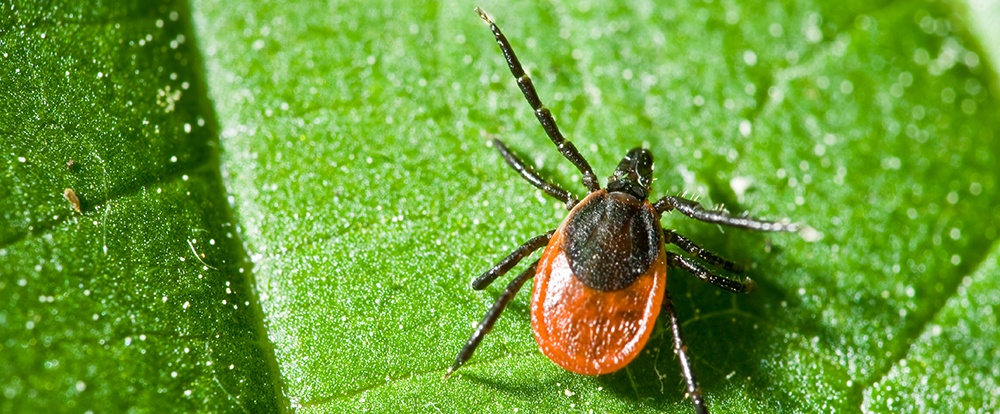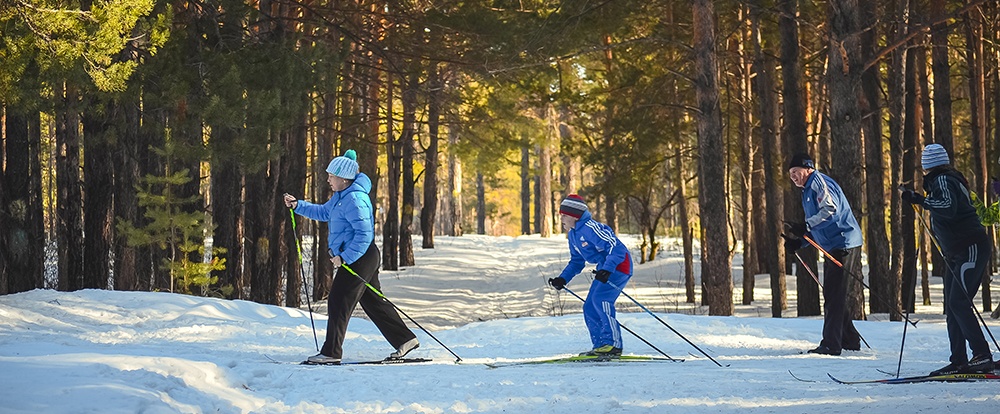The summer is one of our favorite times to spend with our family- whether on vacation or just in the back yard enjoying the season. While there is a risk of vector-borne disease parents need to be concerned about while outdoors, the dangers of pesticide use also pose a health risk to children.
Read More...The Dangers of Pesticide Use for Families
Why You Should Spray for Ticks in Early Spring
New England is a hot bed for Lyme disease due to ideal temperatures and accessibility to hosts for deer ticks. Deer ticks are essentially a threat year-round in New England, but can be slowed down by extreme cold or hot temperatures as well as heavy snow fall. They have a two-year life cycle and search for different sized hosts depending on the season and their current life-stage.
So why spray for ticks in early Spring?
How to Protect Your Dog From Ticks
3 Reasons Spraying for Ticks Protects Your Family
Lyme disease, Babesiosis, and other illnesses are spread by the bite of an infected tick. If you and your family live near wooded or grassy areas, you could be susceptible to tick bites. People living in or visiting New England are especially at a high risk. Prevent tick bites and reduce the risk of Lyme disease through property sprays that eliminate ticks in your yard. Here are 3 reasons why you should be spraying for ticks this season:
Read More...Pesticide Safety & Controlling Deer Ticks
A quick glance outside is enough to know that mean old Father Winter has finally gone away, and it’s time to see Mother Nature’s more pleasant side.
Read More...Implement a Spring Yard Clean Up To Reduce Tick Populations
Spring is finally here in New England and it's time for a spring yard clean up! Along with flowers and rain showers, female adult deer ticks emerge to lay thousands of eggs that will hatch later this year. Once a a new female tick is born, they have a two-year life cycle ending after they lay thousands of eggs of their own. Combined with wildlife, the two-year life cycle explains why some experience these creepy crawlers for the first time near a home they have lived in for years.
Read More...The Start of Spring is the Start of Deer Tick Season
April showers bring May flowers, but springtime also brings ticks. Part of the arachnid family, ticks are joined by mites, spiders, and scorpions. Like other arachnids, they're often found in shady, damp, leafy, wooded, or grassy areas, including our backyards.
Read More...Natural Tick Prevention: Tips For Reducing Tick Habitat in Your Yard
Tick prevention starts with awareness.
Your yard can make a great home for several species of ticks. Deer ticks, and other species common in New England, transmit Lyme disease and other tick-borne illnesses, and are active from early spring through late fall. In order to protect ourselves and our family from ticks, we need to understand where ticks live in our yards.
Read More...Talking Ticks: The Deer Tick Life Cycle
As soon as temperatures rise in the late Winter and early Spring, tick populations reactivate. Although some species of ticks are dormant during the cold winter months, they become active earlier than you may think. When temperatures rise above freezing and the snow cover begins to melts, ticks begin to emerge and look for hosts (link to a CDC resource on tick lifecycles, with more resources on disease prevention).
Read More...Are Ticks Active in Cold Weather?
In short: yes; ticks survive cold weather and can be active. They hide under leaf litter and other brush for protection and reemerge as soon as conditions improve. That means if the snow melts and temperatures increase even only slightly, ticks will be on the hunt again for a host.
During the late fall and early spring months when the temperature is colder, we are dealing with adult deer ticks who search for larger hosts such as humans, deer, dogs, and cats. In the fall, the female deer ticks use this last blood meal in order to lay an egg mass containing thousands of eggs in the early spring. This is why property sprays that safely eliminate ticks are important to control the future population, and are helpful in Lyme disease prevention.
Read More...










